Description
The Plant
PINUS schwerinii ‘Wiethorst’ is a conifer that is as hardy as it is unusual. Indeed, its green-blue needles are very fine and long. Like its branches, they are also very dense. Given their length and thinness, the needles hang down. Unlike the majority of pines, they do not sting and have a very soft touch. In addition, they give this unusual plant a very elegant appearance.
Furthermore, in spring, this conifer begins to develop particularly decorative and quite impressive cones (see photos). They measure about 15 cm and decorate the plant until the new cones appear the following year.
This pine will not exceed 3 meters. As a result, it can find its place in gardens, both small and large. Its graphics are very vertical, even columnar.
This tiny tree is perfectly resistant to temperatures below -20°C.
To view all PINUS variants available for sale at the moment, please click here.
How to plant and care for PINUS schwerinii ‘Wiethorst’?
Planting
- Find a place for it in partial shade or full sun. This can be in a bed, a container or a pot. However, prefer full sun to obtain more intense blue needles.
- This plant grows in light, normal or heavy soils. These places can be humid, moderately humid or dry with an acidic, neutral or calcareous pH.
For a good preparation of the pot or ground, we have designed specific instructions available here. Furthermore, discover here how to water your garden and save water.
Care
If you have to prune PINUS schwerinii ‘Wiethorst’ (despite its small size) prune it in February before new growth to avoid resin bleeding.
Otherwise, it is an easy plant to grow. It does not require any special treatment.
History and Origin
The type species PINUS schwerinii comes from a cross between PINUS strobus and PINUS wallichiana. It was obtained in the park of Count Schwerin in Wendisch-Wilmersdorf, Germany, around 1905.
PINUS strobus has its origins in eastern Canada and the northeastern United States. It also appears in southern Mexico and Guatemala.
PINUS wallichiana, for its part, comes from the eastern Himalayas (from Afghanistan to Nepal), but it is widespread from northeastern Afghanistan to northwest Yunnan in China.

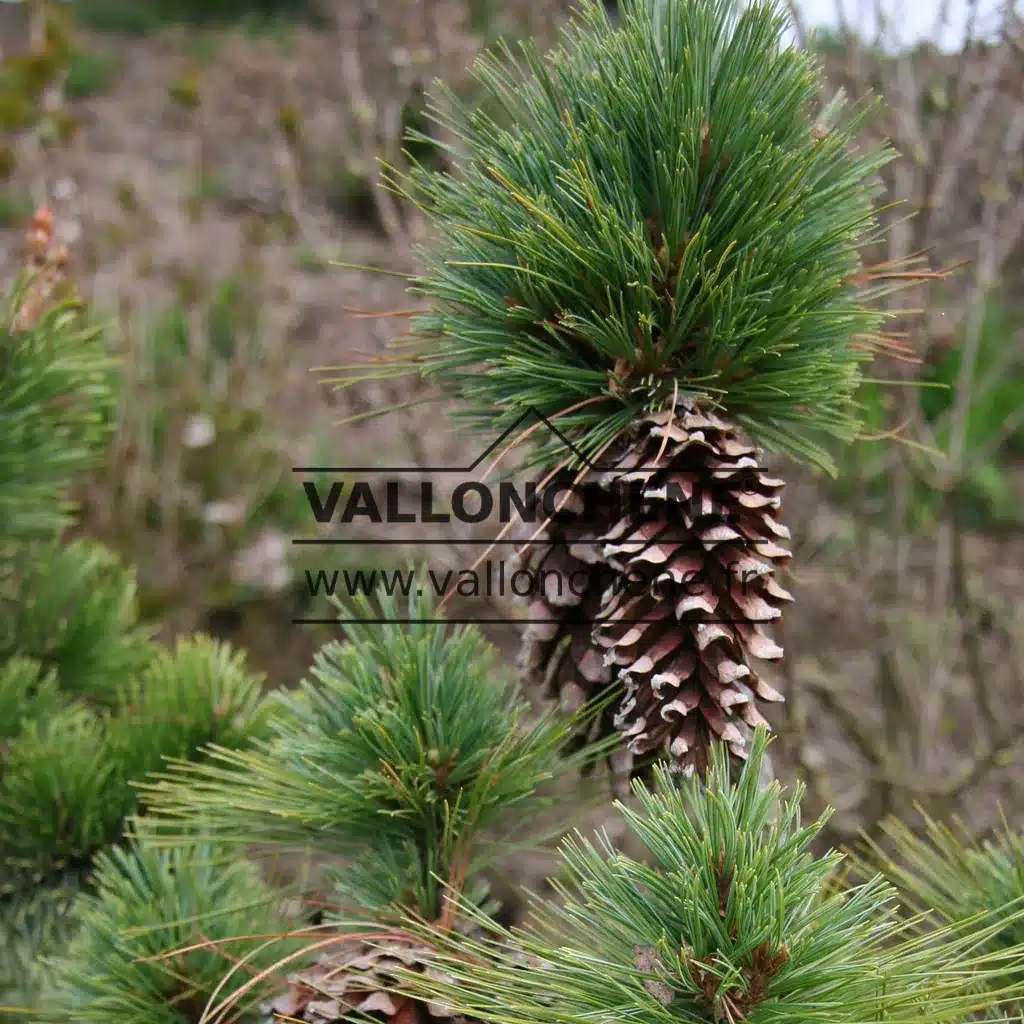
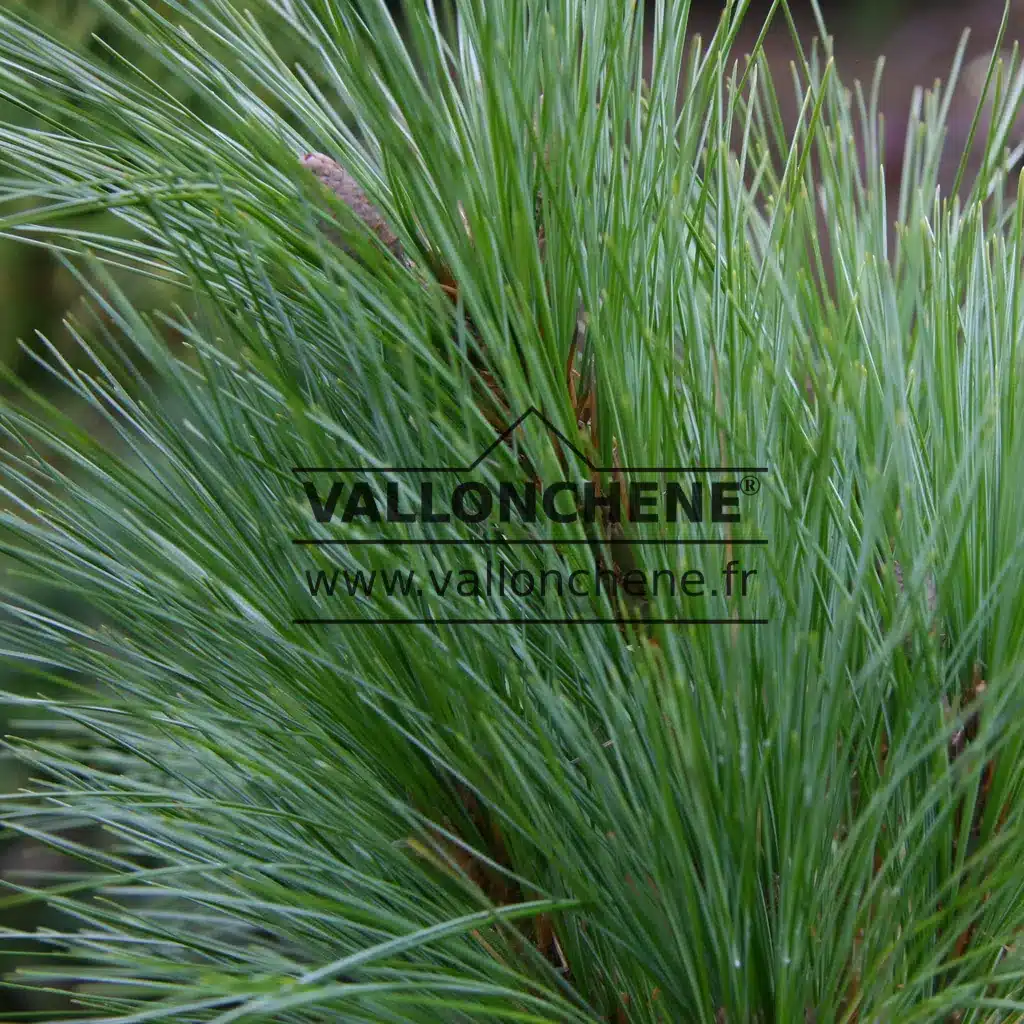
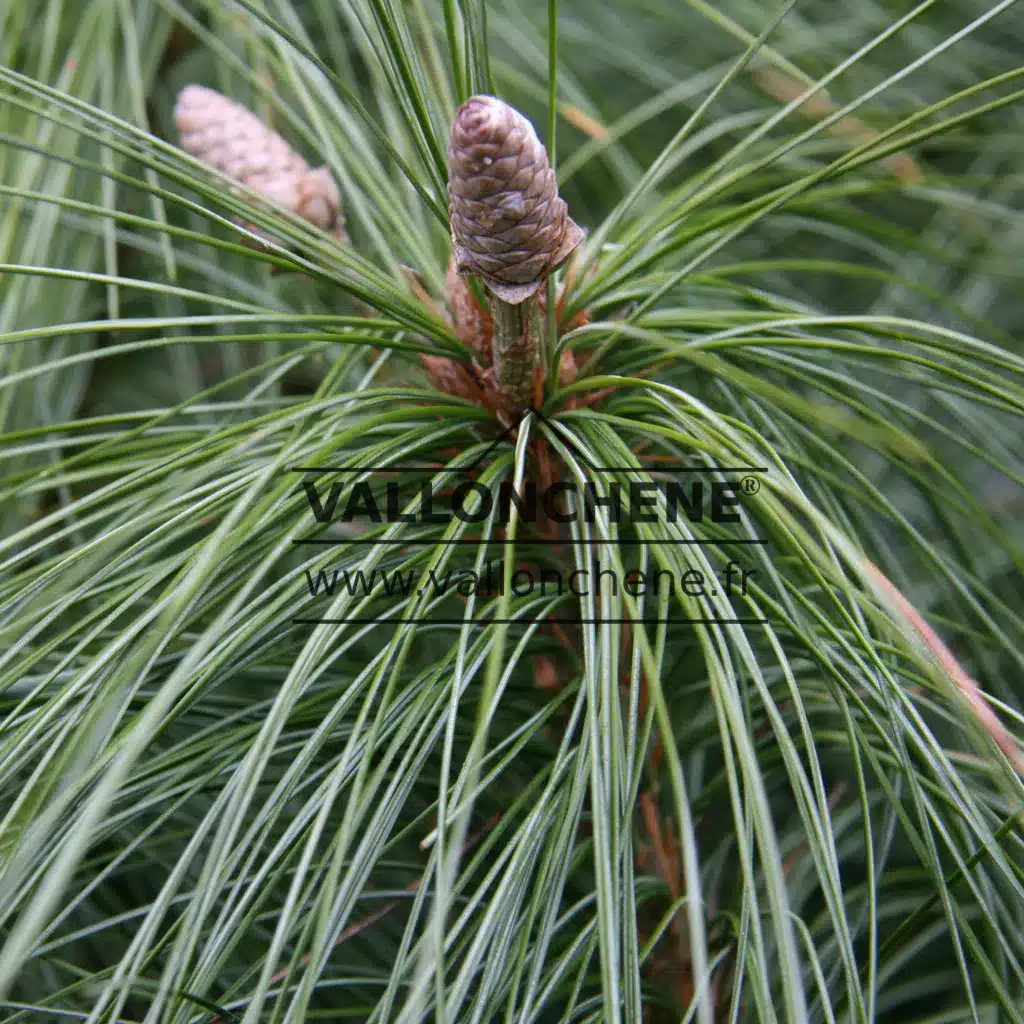
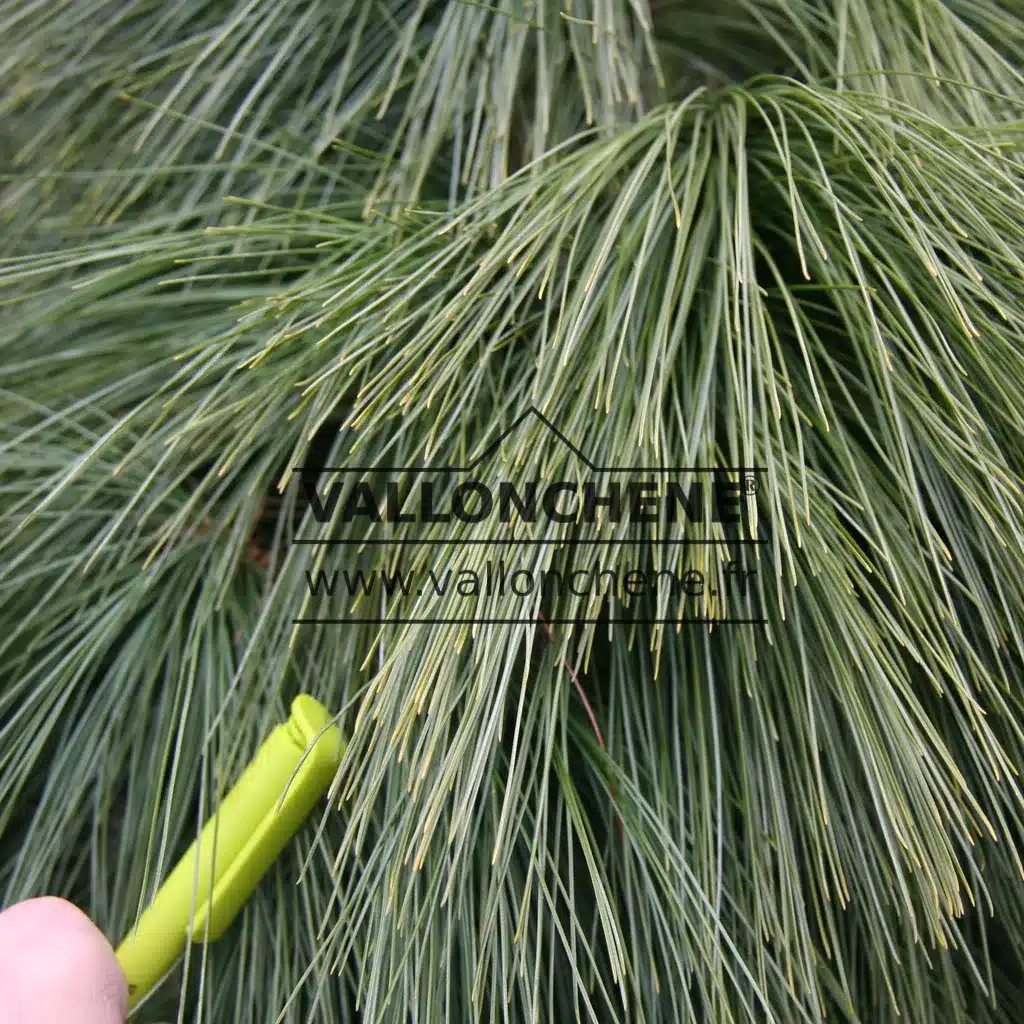
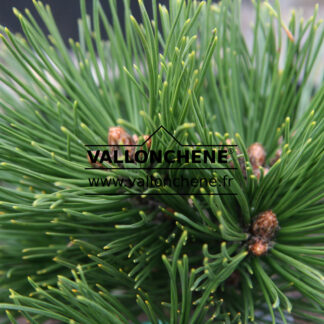

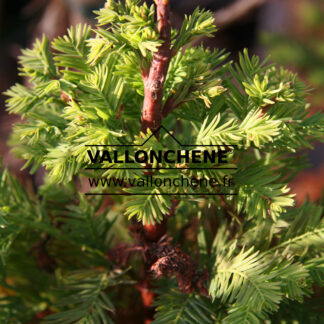

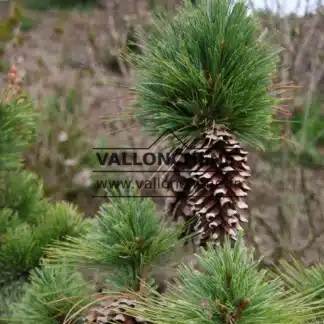
Reviews
There are no reviews yet.